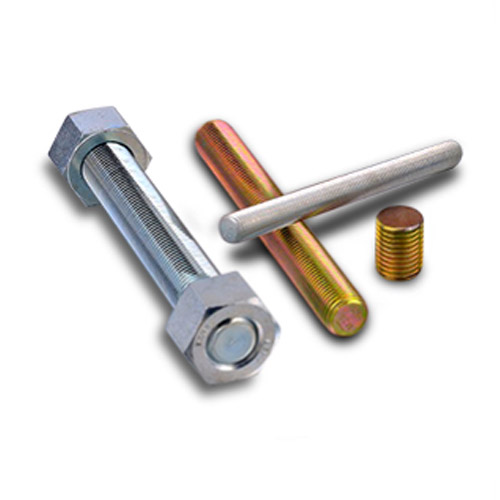Oct . 16, 2024 12:33 Back to list
Exploring the Benefits of Using Reverse Threaded Rods in Various Applications
Understanding Reverse Threaded Rods Construction, Applications, and Benefits
In the realm of mechanical engineering and construction, the importance of fasteners cannot be overstated. Among the various types of fasteners, reverse threaded rods—often referred to as left-handed threaded rods—play a crucial role in specific applications. Understanding what reverse threaded rods are, their construction, applications, and benefits can provide insights into their necessity in engineering.
What is a Reverse Threaded Rod?
A reverse threaded rod is a long, slender piece of metal—typically steel or another robust alloy—designed with threads that spiral in the opposite direction to standard right-handed threads. While most screws and bolts utilize right-handed threads for fastening, reverse threaded rods operate under an unconventional left-handed thread design. This distinction is vital right-handed threads tighten when turned clockwise, whereas left-handed threads tighten when turned counterclockwise.
Construction of Reverse Threaded Rods
Reverse threaded rods are commonly manufactured using high-strength materials to ensure durability and resistance to wear. The rod itself is often fabricated through methods such as cold drawing or machining, which helps achieve desired dimensions and surface finishes. Once the basic rod is produced, the reverse threads are formed—either by cutting or rolling processes—to provide the necessary grip and stability.
In many cases, the rods are available in various diameters and lengths to suit different applications. They can also be galvanized or coated with other protective materials to resist corrosion, an essential feature when they are intended for outdoor use or exposure to moisture.
Applications of Reverse Threaded Rods
Reverse threaded rods are primarily used in situations where traditional fasteners may not be effective
. Some common applications include1. Mechanical Systems In certain machinery, reverse threaded rods are utilized to prevent loosening due to vibrations. For instance, in rotating equipment where standard threads might unscrew over time, left-handed rods provide a secure fastening solution.
2. Adjustable Structures Reverse threaded rods can be used in adjustable support systems, such as tensioning cables or suspension systems. By allowing adjustment in the opposite direction, they help maintain the necessary tension and structural integrity.
reverse threaded rod

3. Automotive Applications In the automotive industry, certain components may require left-handed threads. This is especially true for certain types of axles or gear assemblies, where the direction of rotation dictates the need for reverse threading.
4. Construction and Engineering In the construction sector, reverse threaded rods can be deployed in anchoring systems or when utilizing nuts and bolts in a negative space scenario, where the rotational direction might conflict with the surrounding components.
5. Home Improvement Projects DIY enthusiasts may also find reverse threaded rods beneficial in applications such as furniture assembly or in projects requiring unique fastening needs.
Benefits of Using Reverse Threaded Rods
The use of reverse threaded rods has several advantages
1. Enhanced Security The distinct threading mechanism of reverse rods offers an added layer of security, particularly in applications prone to vibrations or movement, where traditional fasteners could loosen over time.
2. Versatility Their ability to complement left-handed components allows for versatile applications, making them a favored choice in niche mechanical and engineering tasks.
3. Prevention of Accidental Loosening In environments where rotational forces are common, reverse threaded rods will not accidentally loosen, providing peace of mind in stability-critical applications.
4. Ease of Adjustment In adjustable systems, the left-handed threads afford convenient and direct control over tension and movement, making it easier for engineers and technicians to set up and maintain systems effectively.
Conclusion
Reverse threaded rods are not widely discussed in everyday contexts, yet they play an essential role in various industries where standard fasteners may falter. Their unique design, robust construction, and diverse applications make them an indispensable tool in the toolbox of engineers, builders, and DIY enthusiasts alike. Understanding their function and benefits can aid in selecting the appropriate fastener for specific tasks, ensuring reliability and safety across many engineering disciplines.


